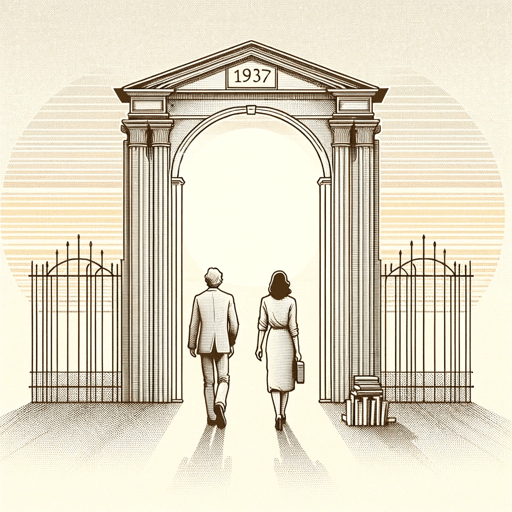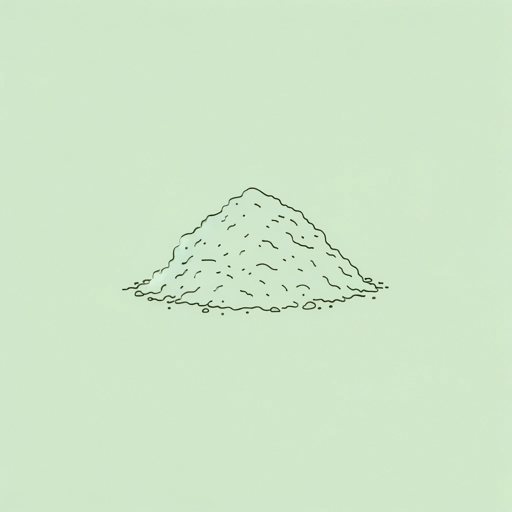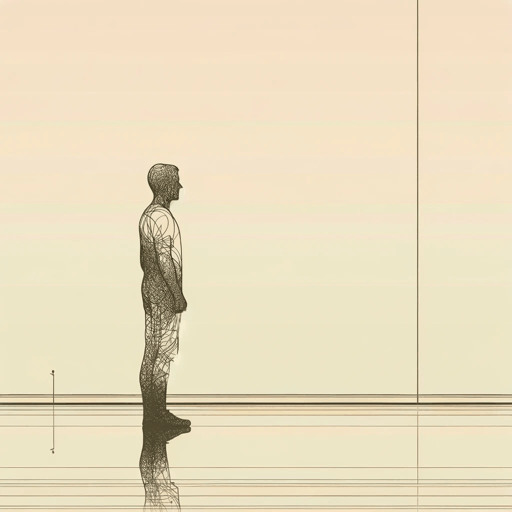17 pages • 34 minutes read
Sharon OldsStill Life in Landscape
Fiction | Poem | Adult | Published in 2004A modern alternative to SparkNotes and CliffsNotes, SuperSummary offers high-quality Study Guides with detailed chapter summaries and analysis of major themes, characters, and more.
Background
Social Context: Feminism and Poetry
Writing at the end of the 20th century, Sharon Olds’s literary association with Feminism is unavoidable. Her frequently domestic subject matter further invites her characterization as a Feminist poet; any woman writing about daily life in the 20th century contributes to the movement’s effort to make a place for female voices as part of artistic culture. Poets like Adrienne Rich, Sylvia Plath, and Anne Sexton—with all of whom Olds is often associated—at some point make direct claim to voice and artistic validity. Olds’s work rarely takes gender or justification of voice as a central topic; her most feminist gesture is her confidence in artistically centering her personal experience without feeling obligation to justify its worth. Her disposition places her between Second and Third Wave Feminism, both of which movements alternately scorn and embrace her.
Some Feminist poets of Olds’s generation—the Second Wave Feminism of the 1960s through the 1980s—reject Olds’s work as salacious or self-indulgent, as undermining the legitimacy of women’s voices. Denise Levertov characterized Olds’s work as shallow and self-centered, a model for poetry rooted in victimhood. Other critics object to Olds’s graphic physical descriptions, particularly of female bodies.
Related Titles
By Sharon Olds







